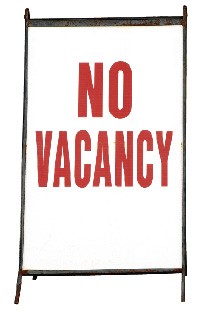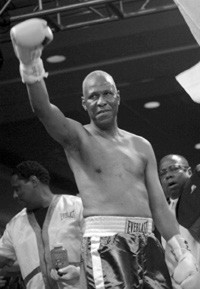When Greening Greater Memphis (GGM) hosted a public meeting last February, they learned a
valuable lesson: Always, always reserve space for sponsors and VIPs.
The meeting and manifesto-signing, held at the Memphis Botanic Garden, drew an overcapacity crowd of more than 1,000. Parking overflowed onto Cherry Road, and there’s no telling how many people were turned away.
“We were really shocked by the response,” says Laura Adams, director of development for GGM-member organization Shelby Farms Park Conservancy. “We kept saying maybe we’ll have 200 [people]. If we get lucky, we’ll have 400.
“To have more people than the Botanic Garden could handle … We came to understand quickly that this was more than just an event. This is a movement.”
Adams won’t say which VIPs couldn’t get in but thinks that local politicians took notice, even if they had to hear about it the next day.
“People want walkable, bikeable communities. They want well-funded park amenities,” Adams says. “They want clean, green cities.”
GGM will take its next step Thursday, September 27th, with the Green Volunteer Expo, a chance for interested community members to “shop” for volunteer opportunities and learn about various green groups.
“It took a little while to come up with a next step,” Adams says. “Most of the comments we heard were: Okay, what comes next? How do we get involved? What can we do?”
Environmental activist Nancy Ream is something of a professional volunteer. She works with several of the GGM organizations and is the volunteer project manager for the expo.
“We’re trying to get the entire community involved. People say this isn’t about the whole community. Well, yeah, it is,” Ream says.
Greening Greater Memphis is composed of the Shelby Farms Park Conservancy, the Wolf River Conservancy, the local Sierra Club, the Greater Memphis Greenline, and the Botanic Garden. More than 30 green groups will be in attendance at the expo, including the Tennessee Urban Forestry Council, Healthy Memphis Common Table, and the Coalition for Livable Communities. Groups that specialize in roof-top gardens and solar power will also be there.
“People can take a look at these different groups and see what they’re doing and where they’d like to volunteer,” Ream says. “Maybe they want to help with bike lanes. Maybe they want to work in community gardens.”
The range of volunteer opportunities is indicative of the movement’s broad focus. Though the February event included signing a statement to support improving public parks, “green” means a lot of different things to different people.
“People came for different reasons,” Adams says of GGM’s February meeting. “Some were involved in the parks movement, some were involved in the greenways movement. Some people are more interested in recycling or clean water and air.”
Adams anticipates GGM will become more focused in the coming months. Immediately after the expo, GGM plans to host another meeting, this one with the leaders of the green groups already in attendance.
“The leadership is going to talk about where GGM goes next,” Adams says. “One thing we’re talking about doing is bringing in a national authority on walkable, bikeable communities to instruct us on how we can develop those kinds of opportunities in Memphis.”
In time, Adams would like to see GGM function as an umbrella organization for other green groups. “I would love to see this organization with a 501(c)3 and be an advocate and a fund-raiser, something like an ArtsMemphis.”
On a more grassroots level, Ream hopes the expo will drive momentum. “It may be small in the beginning,” she says. “There are changes that every person can do. You can change the lightbulbs in your house to more energy-efficient ones. Eventually your utility bill will go down.”
Like February’s meeting, the volunteer expo will be held at the Botanic Garden. GGM plans to open up another parking lot this time, and they’ll definitely be saving space for the event’s sponsors and VIPs.
As for everybody else, plan on showing up early.









